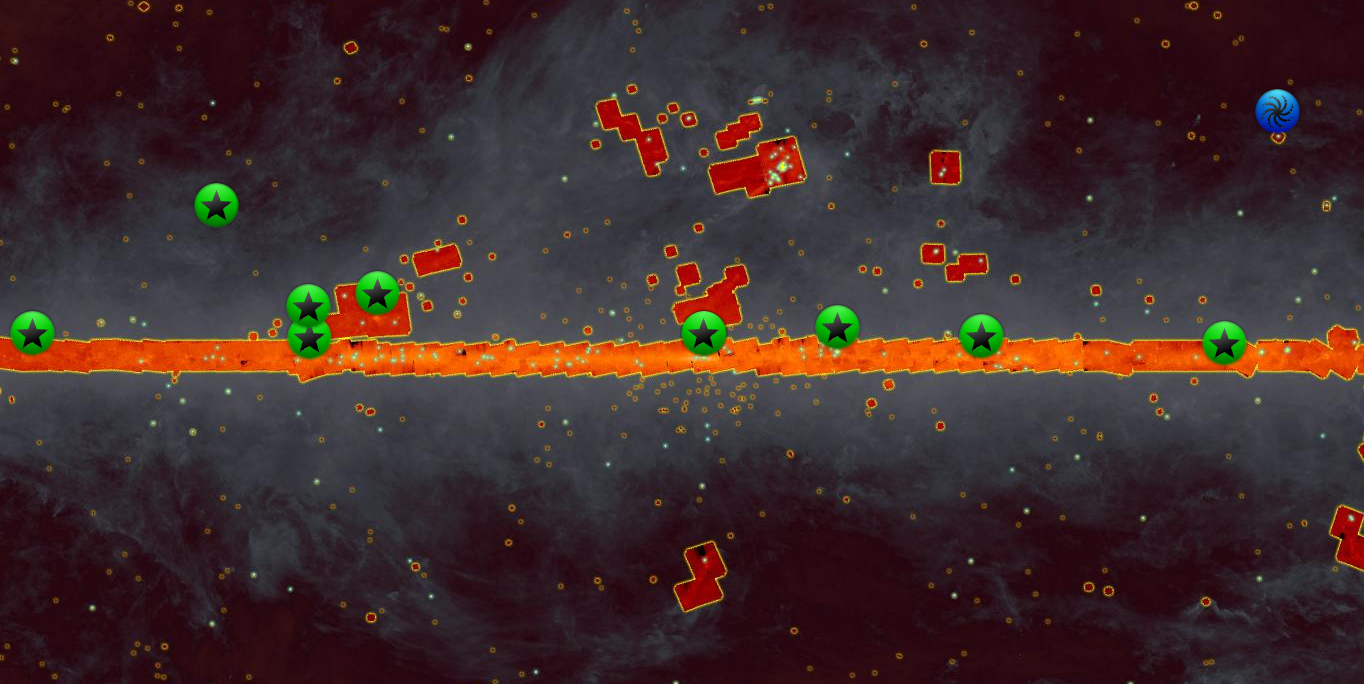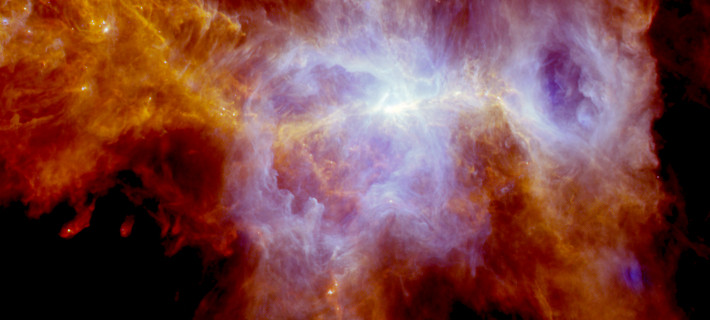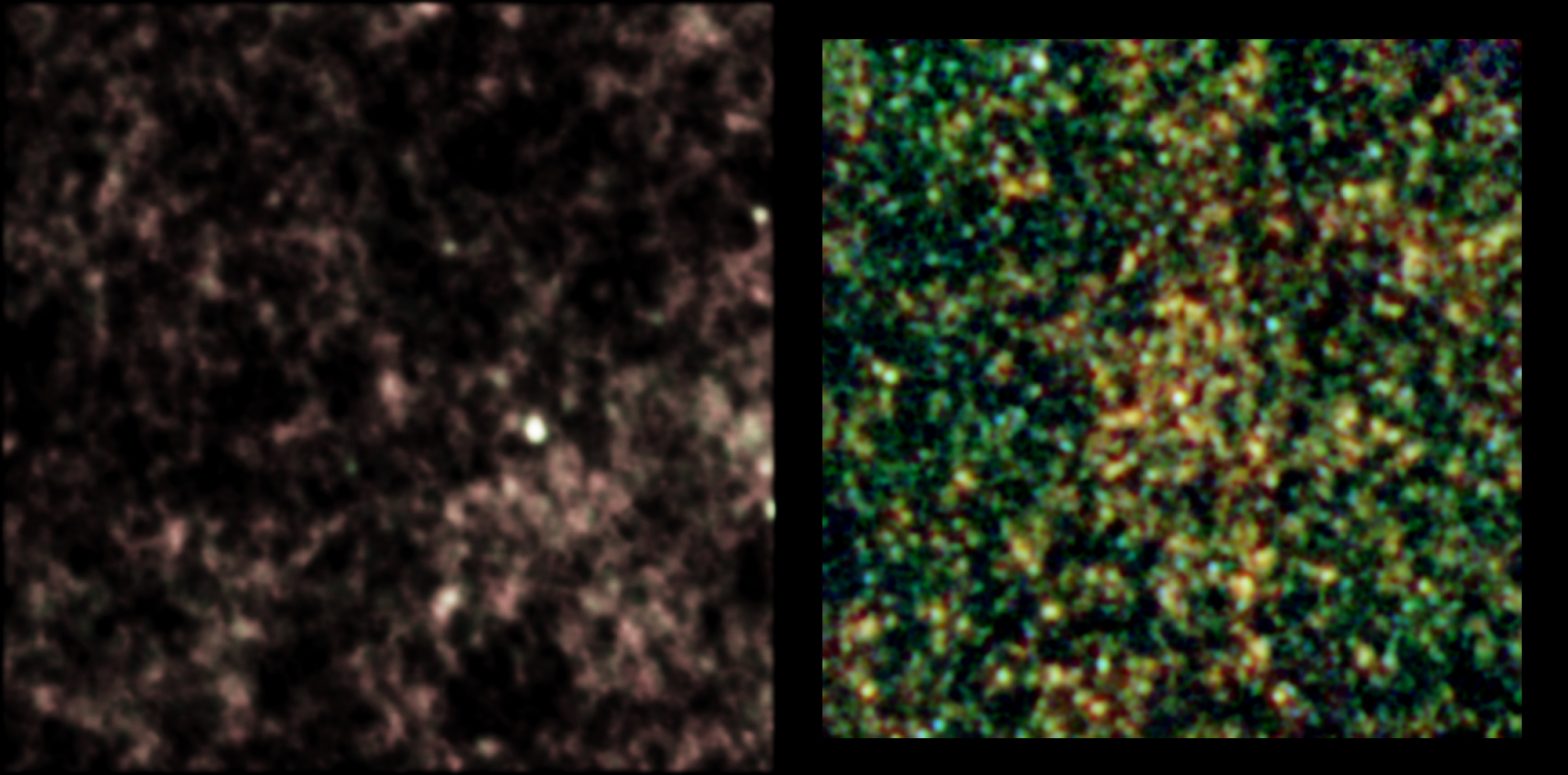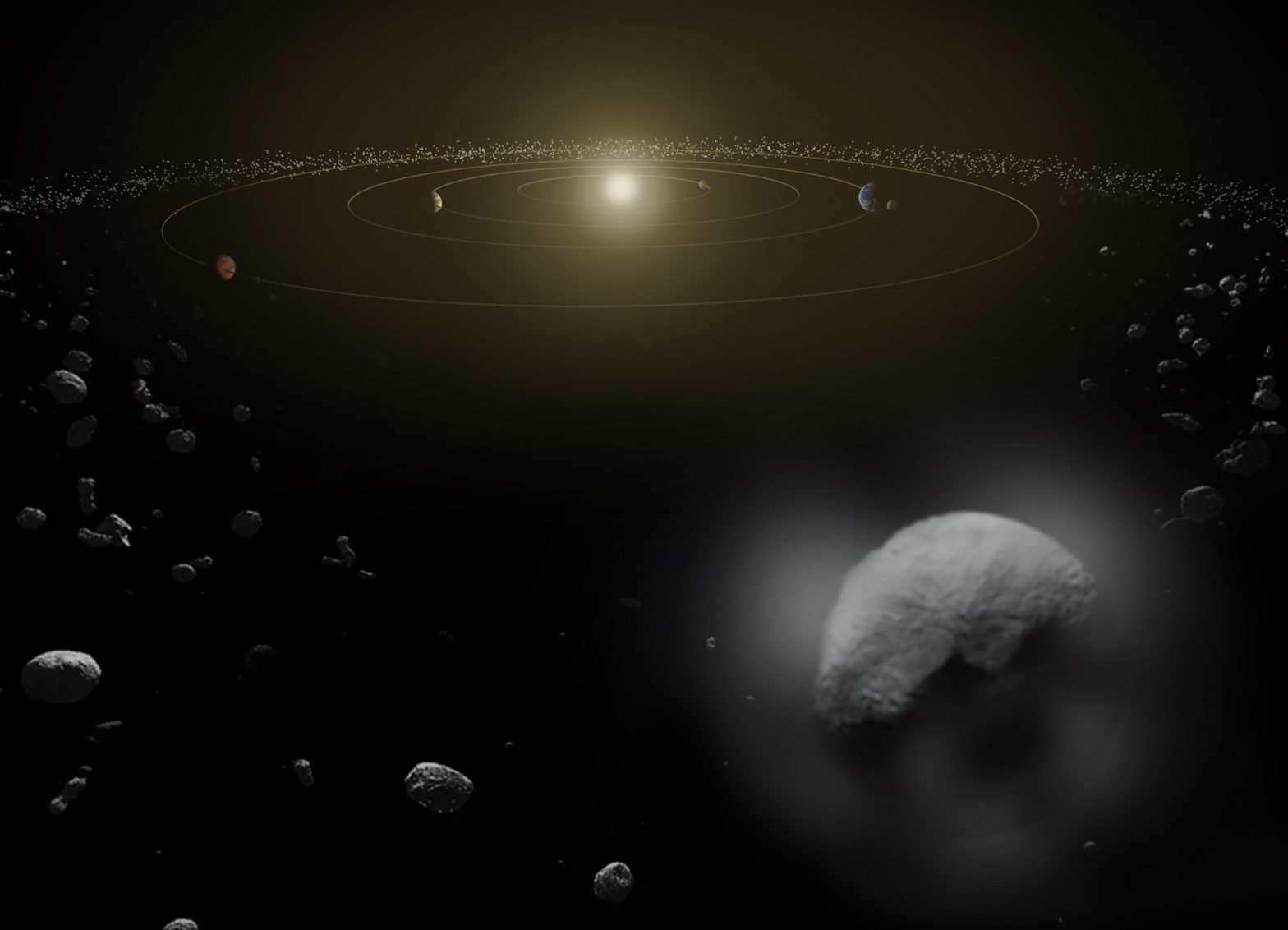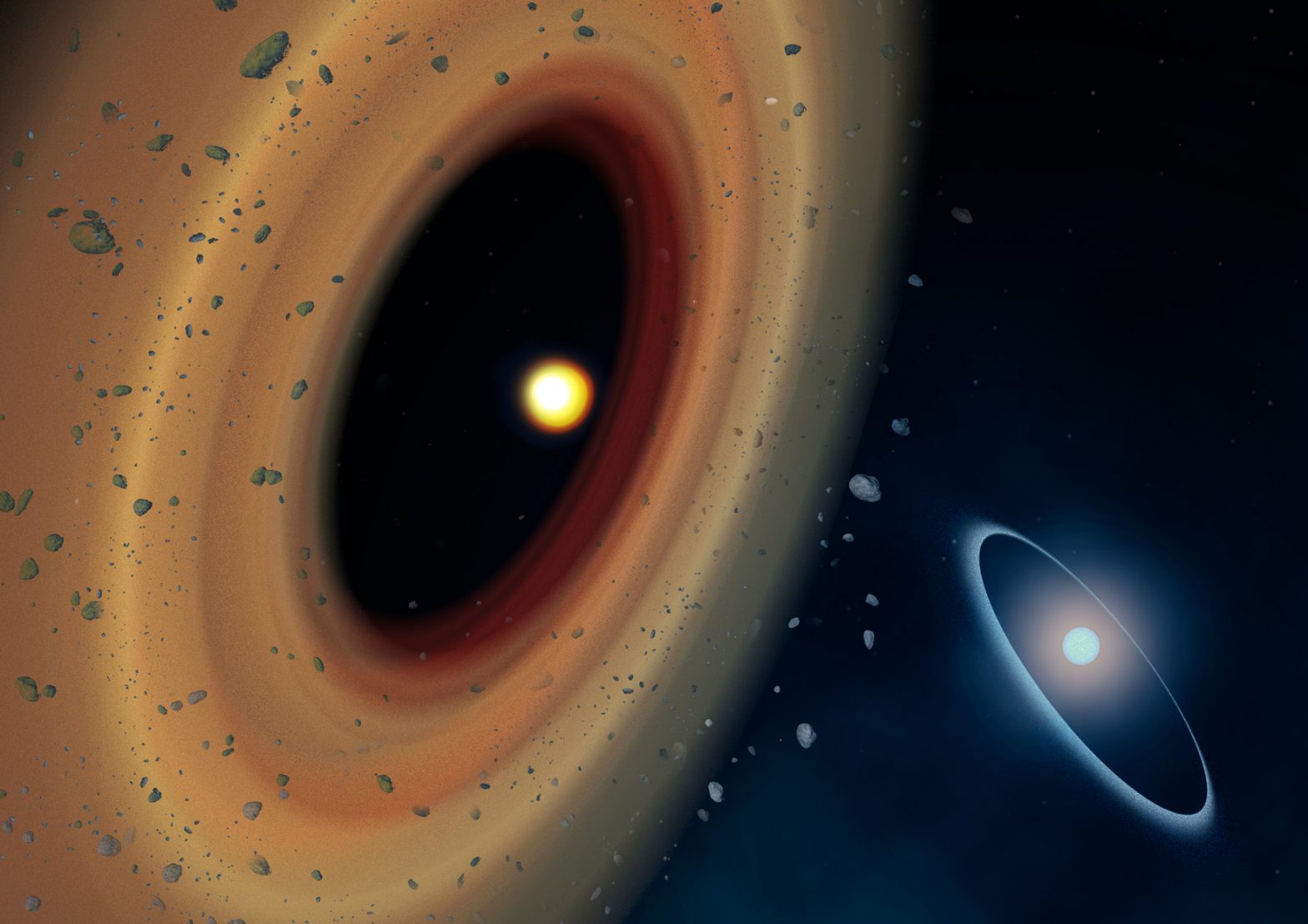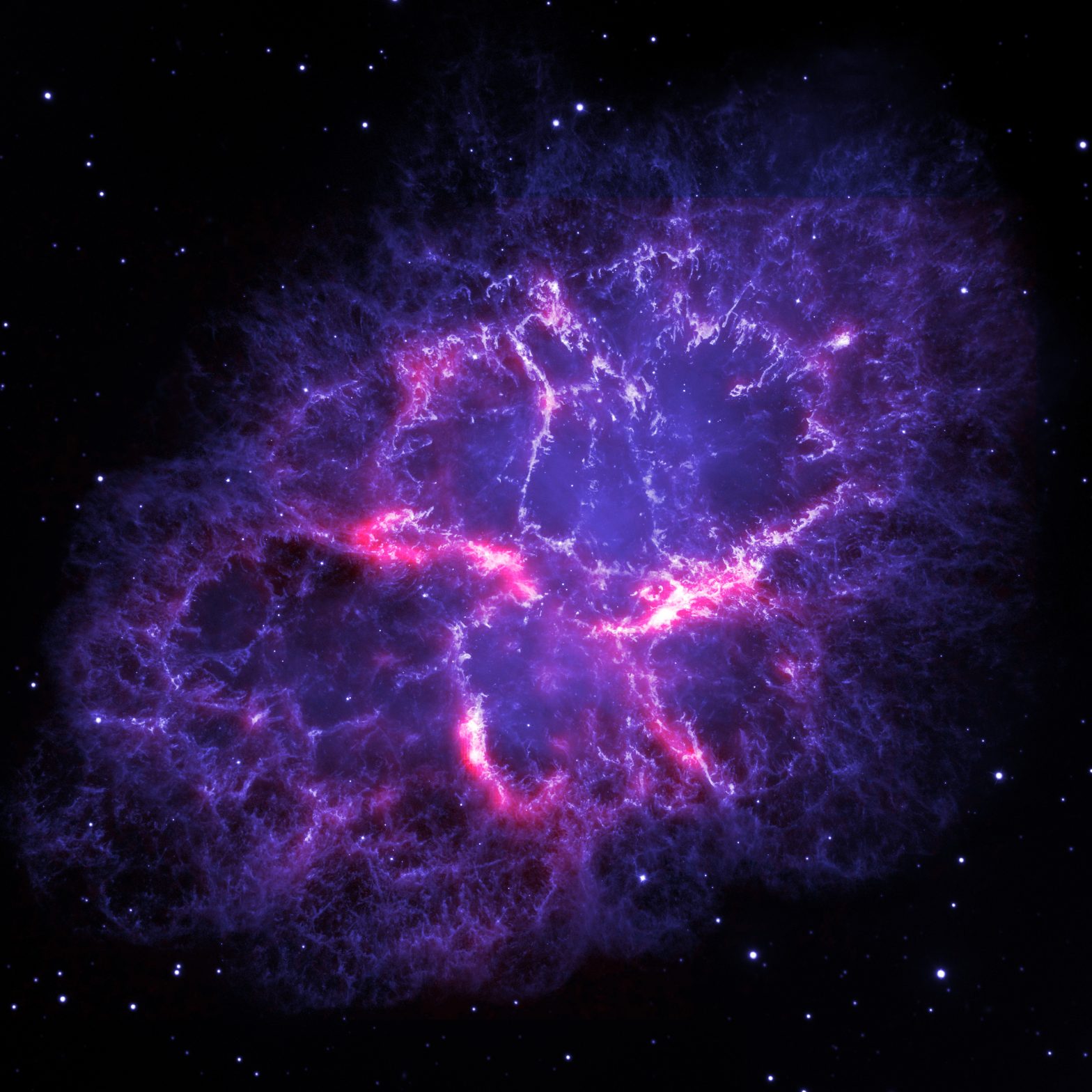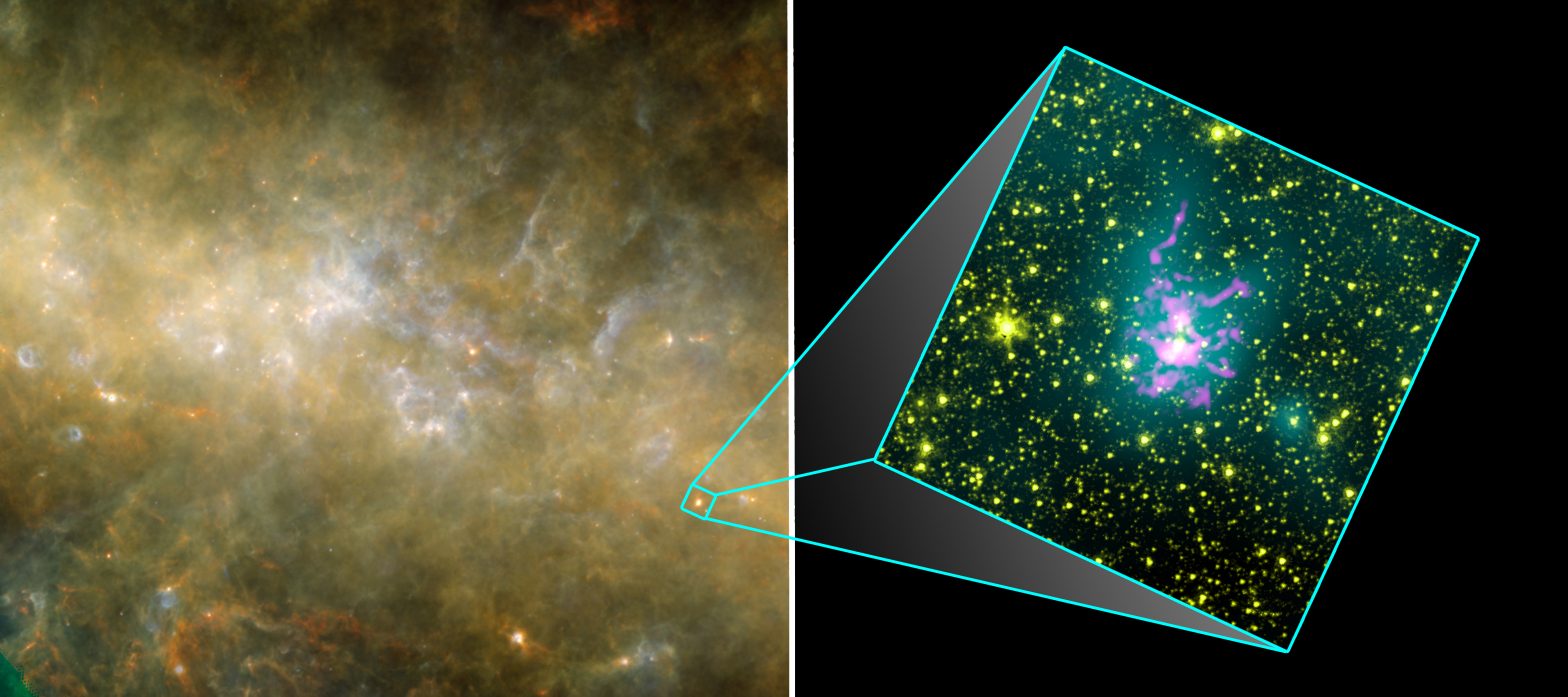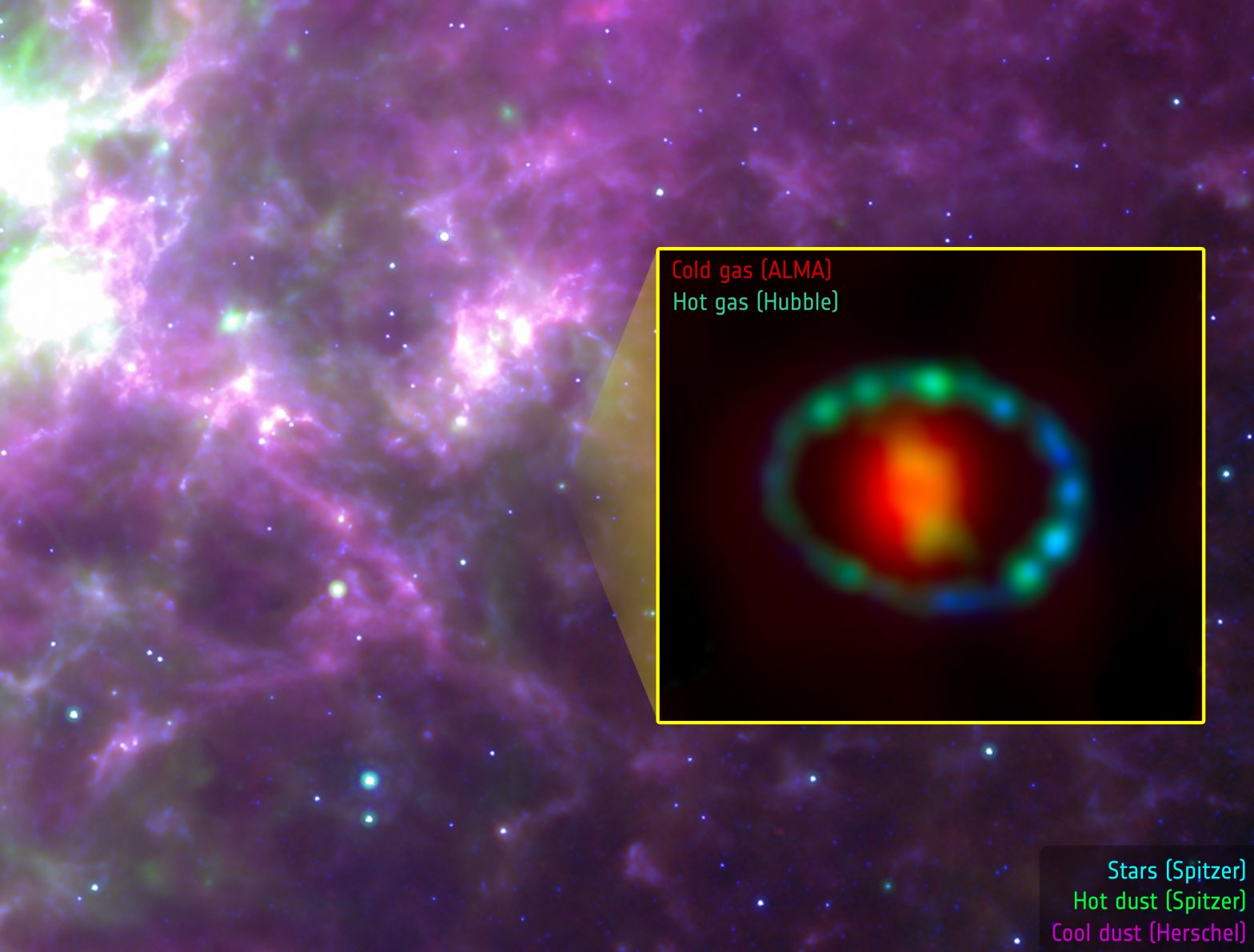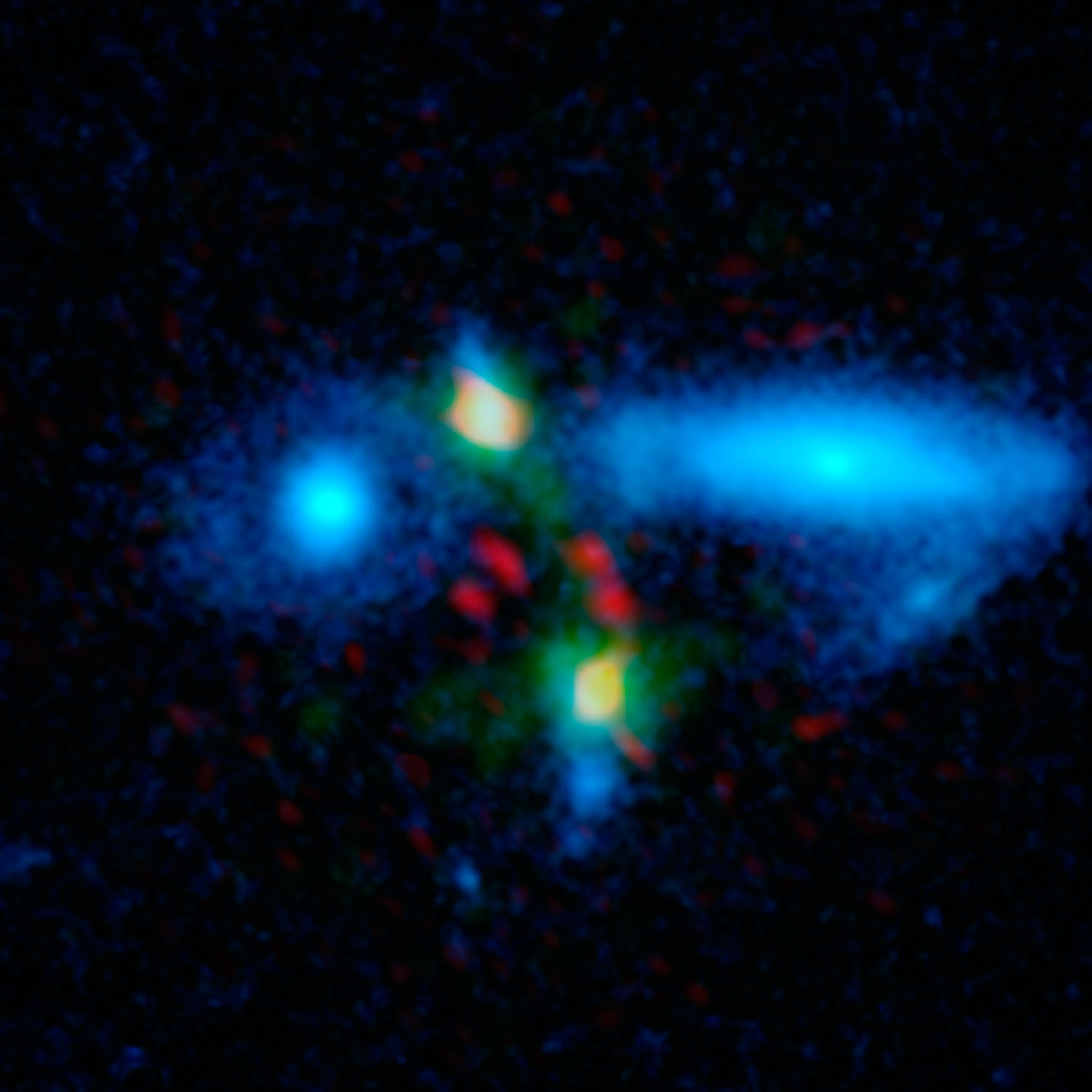The graphic below shows the Herschel results to date. Click on them to see pictures or get more information. Click here to go full-screen
Category archives: Results
Orion A
Basic Information What is this? A star forming region in Orion Where is it in the sky? In the constellation of Orion How big is it? The clump is around 10,000 larger than the Earth’s orbit around the Sun, making it about 100 time larger than the Sun’s planetary system How far away is it? …
Galaxy Clusters from Planck
Basic Information What is this? A distant cluster of galaxies Where is it in the sky? In the constellation of Bootes How big is it? The cluster contains hundreds or thousands of stars, spanning distances of millions of light years How far away is it? The cluster is seen as it was over ten billion …
Ceres
Basic Information What is this? An artist’s impression of Ceres, a dwarf planet in the asteroid belt Where is it in the sky? It moves around the sky as it orbits the Sun, but can currently be found in the constellation of Virgo How big is it? Around 950km across, and the largest object in …
Fomalhaut C
Basic Information What is this? An artist’s impression of the belt of comets around the star Fomalhaut C, with Fomalhaut A in the background Where is it in the sky? In the constellation of Piscis Australis How big is it? The ring of comets is at least 3 billion km across How far away is …
Argon in the Crab Nebula
Basic Information What is this? The Crab Nebula Where is it in the sky? In the constellation of Taurus How big is it? Around 10 light years across How far away is it? Around 6500 light years away What do the colours represent? Blue and purple shows visible light seen by the Hubble Space Telescope, …
The first B-mode detection
Basic Information What is this? On the right, thousands of distant galaxies,and on the left, subtle variations in the light from the early Universe Where is it in the sky? In a seemingly empty part of the sky in the southern hemisphere How big is it? The patch of sky shown is around 10 degrees …
Spitzer Dark Cloud 335
Basic Information What is this? A cloud of gas and dust in which an incredibly massive star is forming Where is it in the sky? In the constellation of Norma How big is it? The largest-protostellar core is 500 times as massive as our Sun How far away is it? Around 11,000 light years What …
Supernova 1987a
Basic Information What is this? The region around a supernova which exploded in 1987, called SN1987A Where is it in the sky? In the Large Magellanic Cloud How big is it? The shell of matter around the star is expanding, and is around a light year across How far away is it? Around 160,000 light …
Merging Galaxy HXMM01
Basic Information What is this? Two massive galaxies in the process of merging in the early Universe, seen beyond two much nearer galaxies Where is it in the sky? In the constellation of Cetus How big is it? The two merging galaxies are 60,000 light years apart, and will result in a galaxy ten times …

